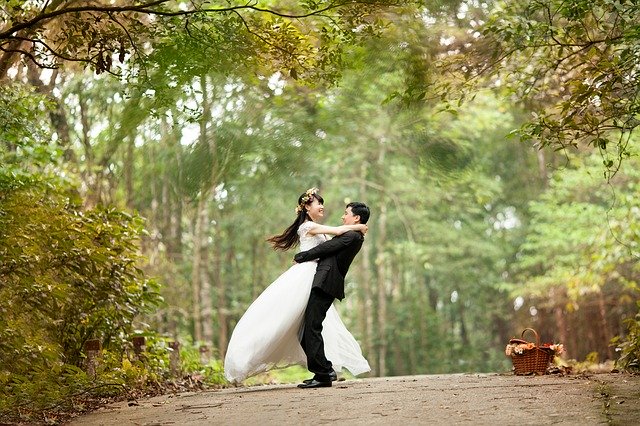In the evolving landscape of relationships and societal norms, the institution of marriage stands as a cornerstone, embodying tradition, commitment, and love. Yet, amidst the complexities of modern life, questions arise: Is marriage truly modern? Does it adapt to contemporary needs, or does it cling to outdated ideals? These inquiries lie at the heart of Anna Kate Blair’s thought-provoking novel, which poses the question but deliberately refrains from offering a definitive answer.
Blair’s narrative navigates the lives of diverse characters grappling with the intricacies of love and partnership in the 21st century. Through their experiences, she unveils the multifaceted nature of marriage, exposing its strengths, flaws, and enduring relevance in a rapidly changing world.
At its core, Blair’s novel challenges conventional perceptions of marriage by delving into its complexities. It acknowledges that modernity has ushered in a plethora of choices and challenges previously unimaginable. From the rise of individualism to changing gender roles and evolving societal expectations, the landscape of relationships has undergone a profound transformation.
One of the central themes explored in Blair’s work is the tension between tradition and progress. She skillfully juxtaposes the timeless rituals of marriage with the contemporary realities faced by her characters, inviting readers to ponder whether the institution can evolve without losing its essence.
Through her characters, Blair captures the spectrum of attitudes towards marriage in the modern era. Some embrace it wholeheartedly, seeking stability and companionship in a tumultuous world. Others approach it with skepticism, wary of its potential to stifle personal freedom and autonomy. In doing so, Blair paints a nuanced portrait of marriage that reflects the diversity of human experience.
Furthermore, Blair’s novel sheds light on the intersection of marriage and individual identity. In an age where self-discovery and personal fulfillment are paramount, the idea of merging one’s life with another can be both exhilarating and daunting. The characters grapple with the tension between maintaining their autonomy and forging intimate connections, highlighting the complexities inherent in modern relationships.
Moreover, Blair’s exploration of marriage extends beyond romantic partnerships to encompass familial and societal dynamics. She examines the role of marriage in shaping familial bonds, navigating cultural expectations, and negotiating power dynamics within relationships. In doing so, she underscores the interconnectedness of personal and social narratives, revealing the profound impact of marriage on both individuals and communities.
Despite its nuanced portrayal of marriage, Blair’s novel deliberately refrains from offering a definitive verdict on its modernity. Instead, it invites readers to engage in introspection and dialogue, encouraging them to consider their own beliefs and experiences in relation to the institution of marriage.
This deliberate ambiguity is perhaps Blair’s greatest strength, as it mirrors the complexity of real-life relationships. In a world characterized by rapid change and uncertainty, there are no easy answers when it comes to matters of the heart. By leaving the question of marriage’s modernity open-ended, Blair invites readers to grapple with the ambiguity and embrace the fluidity of human connection.
Anna Kate Blair’s novel serves as a captivating exploration of the modernity of marriage. Through its richly drawn characters and nuanced storytelling, it challenges conventional notions of love and partnership, inviting readers to contemplate the evolving nature of relationships in the 21st century. While it refrains from providing definitive answers, its deliberate ambiguity sparks thought and conversation, ensuring that the question of marriage’s modernity remains a topic of enduring relevance and fascination.
